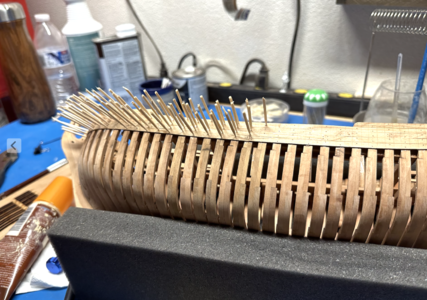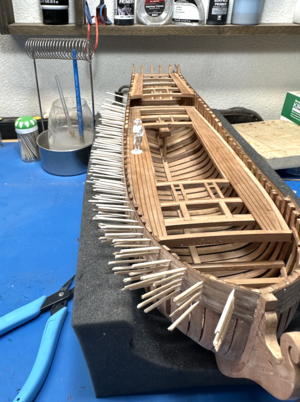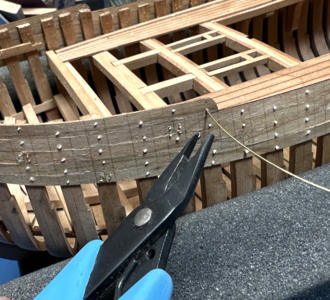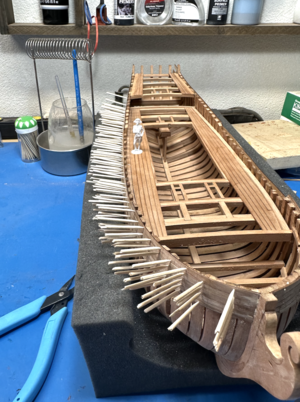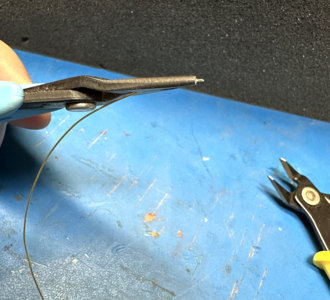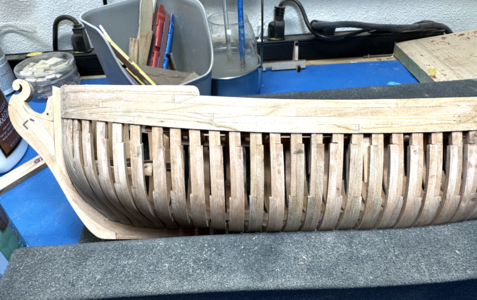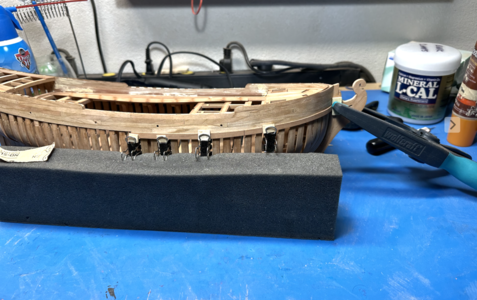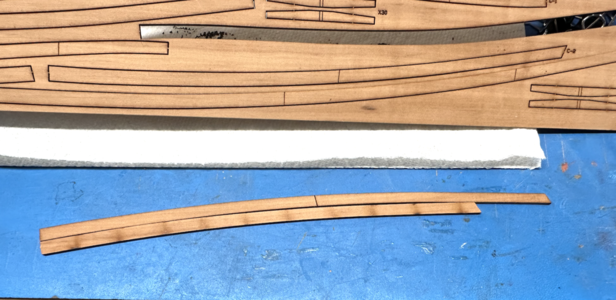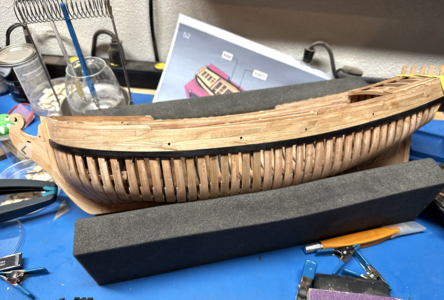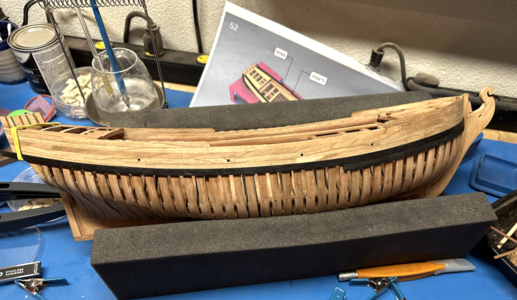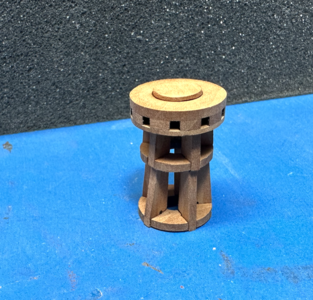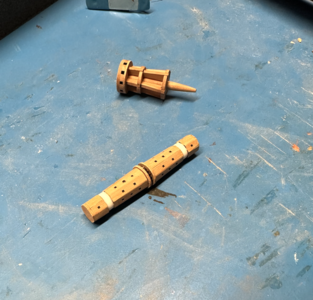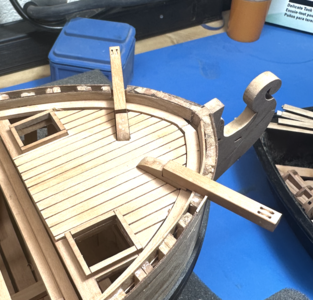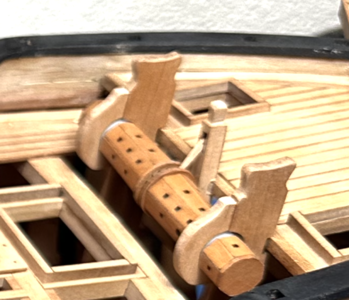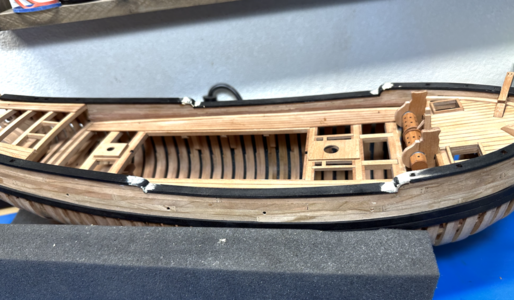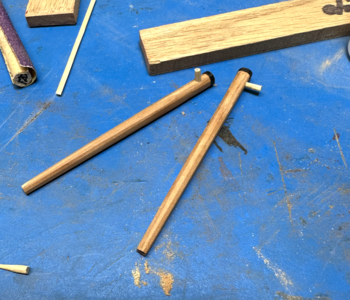Hallo @glennb17Hi Everyone,
I've been trying to work my way up through different skill level kits to get to, some day, be able to build my own plank-on-frame scratch model. Now there seems to be a number of nice POF kits in quality hardwood from China and I, perhaps foolishly, decided to cut the line. I had been looking at David Antscherl's book from Seawatch on Hayling Hoy from the 1760's. It was to be my first POF scratch build, some day. It seemed like a good choice, but the primer for the book I bought turned out to be "The Fully Framed" model series of 4 books plus an optional on rigging. So, out of reach for someone who has built 5 kits and struggled with a hybrid scratch/kit project for traditional building techniques on 20th work boats. Until I saw some of these POF kits.
The real issue is payoff. I have some beautiful models I built but they are mostly basswood and airbrushing. Somehow, it's not the same as a hardwood POF with frames showing. I couldn't start of with the Sovereign of the Seas but found Hayling Hoy offered by Dry Dock Models and Parts. The price was right too. I ordered my kit in cherry, perhaps my favorite wood.
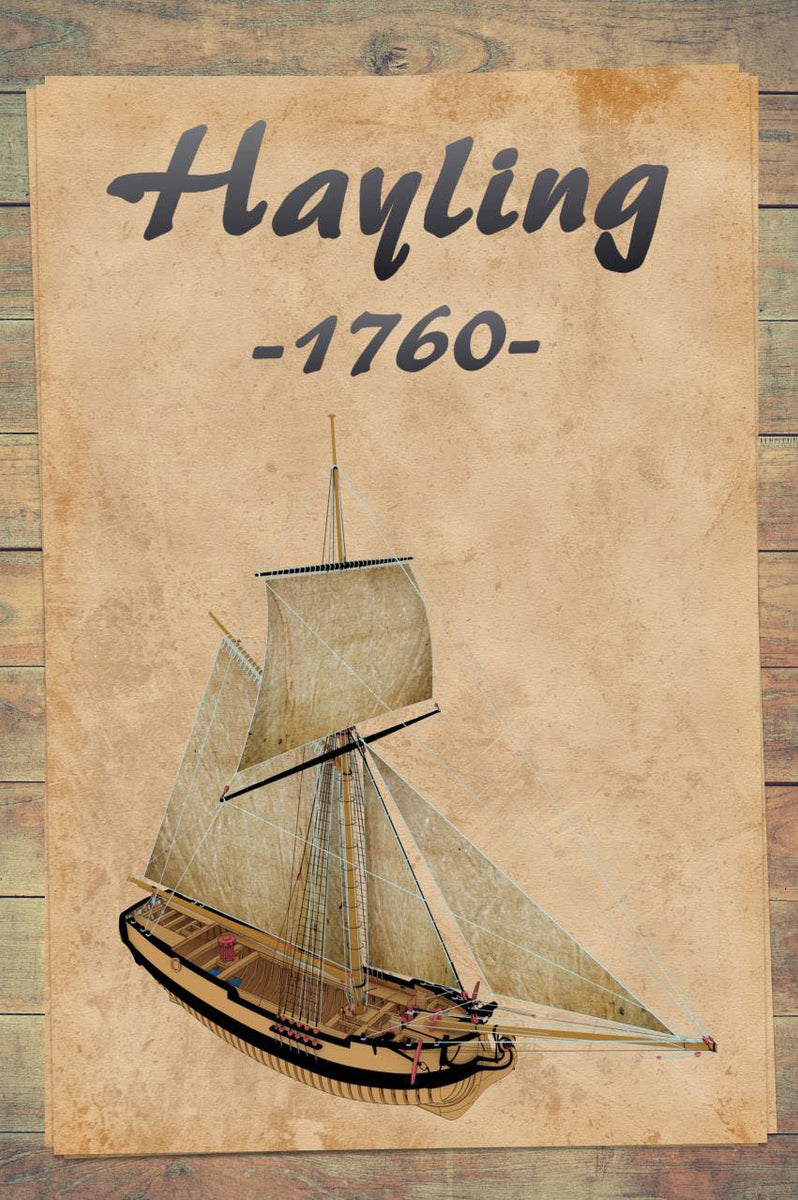
Hayling Hoy 1760 1:48 - CHERRY WOOD VERSION
Shipping is included in the total price!! Please allow 14 - 21 days to fulfill the order!! The product is shipped from China!! Dimensions Scale: 1:48 Length Overall: 675.5mm Height Overall: 653mm Width Overall: 341mm Width of Hull (only): 135mm Length of Hull (only): 488mm) Level: Intermediate...drydockmodelsandparts.com
I got the kit and, as I suspected, it's not for beginners. The biggest challenge that I have gathered from these Chinese models are the instructions. This one has nice illustrations and a short couple of pages of instructions, but there is still plenty left to imagination and the broken English can be a little tough at times. But I have heard of another one of the POF kits where the instructions are nearly incomprehensible. I think this manufacturer tried to make up for a lack of proper grammar by including excellent illustrations. I'll take it.
So here it is. My expectations are sky high but my goals are low. If I can get to the fully assembled frame and have done a nice job with it, I will be happy. Anything past that is all gravy.
we wish you all the BEST and a HAPPY BIRTHDAY







